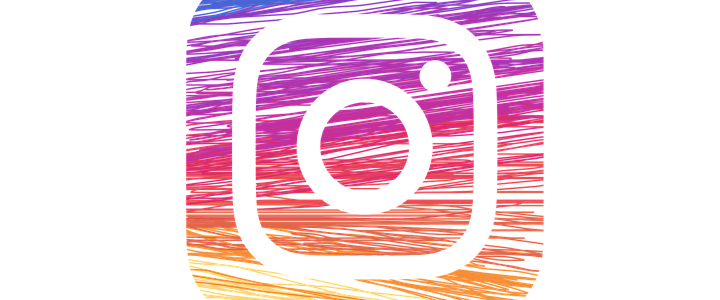4 Types of Social Media Content That Drive Engagement
Every effective website starts with a strong design and quality content. However, if you really want to maximize the effectiveness of your site, you’ll want to use social media to drive engagement. If you’re only providing opportunities for passive consumption, you aren’t tapping into your visitors’ desire to participate in your content. The good news is that you can use social media to drive engagement. After all, that’s what social networks are for – enabling people to interact with content and spread it to their friends and contacts. By leveraging these existing tools, you can create more participation on your website and see better results from your marketing. Here are 4 ways on how to keep the ball rolling:
1. Your Blog Posts. Blogging is a top strategy to positioning your brand as a leader and expert in your industry. Ranked as the 5th most trusted source for accurate information, blogs are awesome tools to showcasing your knowledge and sharing advice. Your audience will appreciate the value given that offers solutions to their problems. Your social media networks are excellent platforms to promote your blog content. When sharing, include an image that complements your text for increased exposure. Also, be sure to tailor your message to the appropriate audience. For example, Facebook is more family and friends oriented whereas LinkedIn is geared towards professionals. Modifying your post accordingly so it speaks to that audience makes your social content effective.
2. Infographics. Infographics are incredibly engaging.
Since humans process visual information faster than words, it only makes sense. The human brain tells us “reading is hard” and “looking is easy.” An infographic uses the power of visually appealing content to trick the brain into reading. Besides, we understand the content better when it’s paired with pictures. It’s no surprise that kids like picture books. But it’s not just kids; adults are the same way! The brain itself likes pictures. The takeaway is simple: Share infographics socially, and the social world will share it right back.
3. Quizzes.
Quizzes can be used as a fun way for brands to engage customers. Marketers can use quizzes for brand awareness and a “fun” factor, or as a means to gauge customer interest in products. Results can be useful for recommending relevant subsequent content that drives back to the brand. With quizzes receiving 75% of their traffic from social media, it’s important to establish a promotion strategy to get the word out and generate buzz. A great way to encourage engagement, provide a score users can share on their social media channels.
4. Tickle them with humour.
Humor is likely to enhance brand recall and influence buying decisions when well integrated with your marketing message. Also, everyone needs more laughter in their lives. Bring that, and you instantly create a connect with your viewers, and then you can give them your message. Unfortunately, although we all believe that we’re hilarious, not all of us can make high-impact humour. To pull this off you’ll have to hire the right comic talent and be well informed on the preferences of your Target Audience.
The resources and options are out there to make content that attracts attention. Find the best content for your brand and audience. From there, form a content strategy around that. If your posts are relevant, valuable, and have interactive features, you will notice a positive effect on your social media engagement.



















